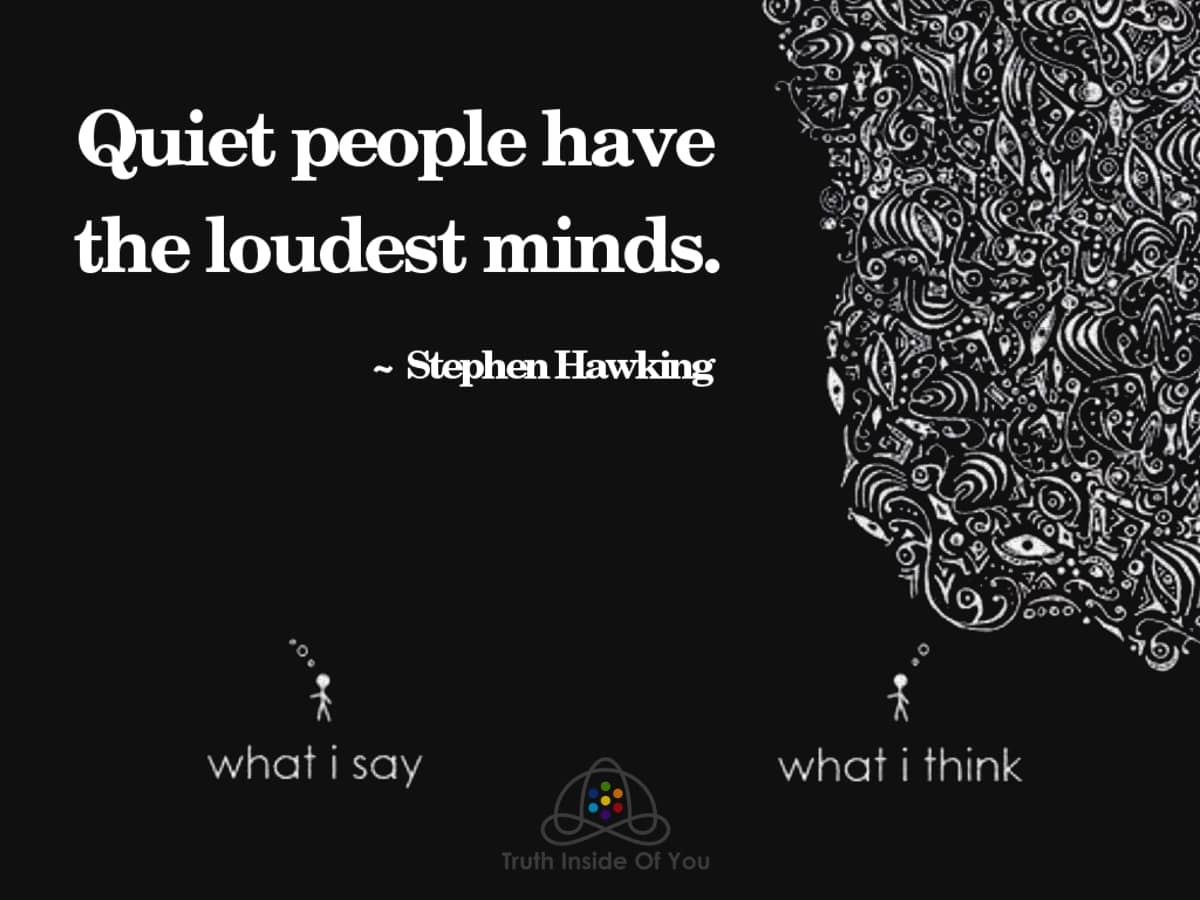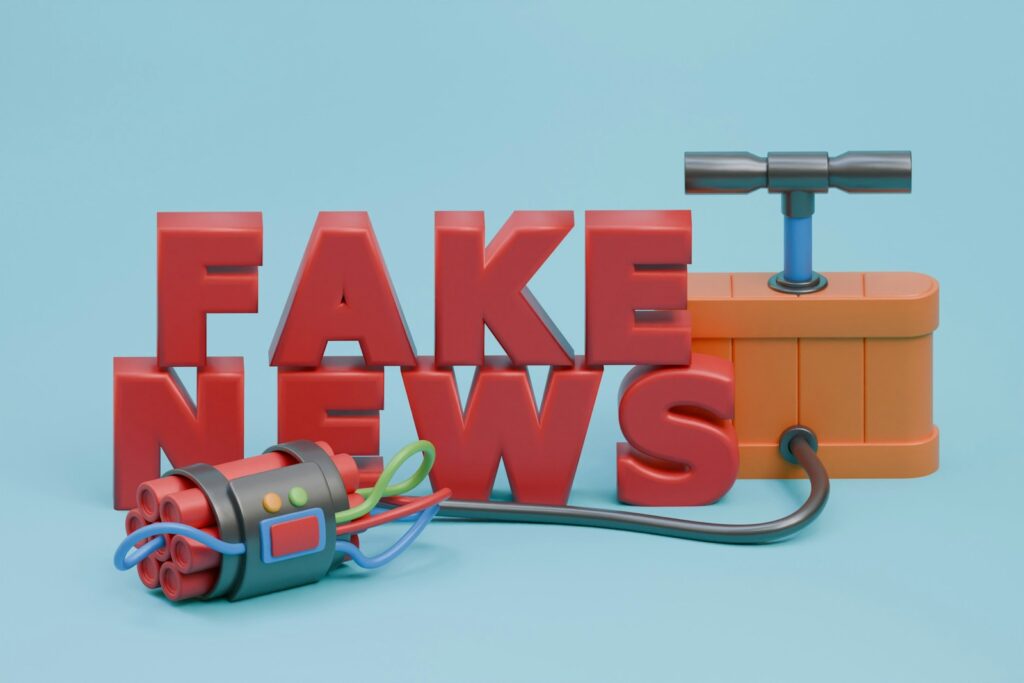
In an age where our screens bombard us with a constant stream of information, it’s easy to feel like ‘fake news’ and misinformation are uniquely modern phenomena. We scroll, we question, we verify (hopefully!). But here’s a fascinating historical tidbit to chew on: the art of duplicity, and the human tendency to fall for it, is as old as civilization itself. From meticulously planned schemes designed to strike it rich, to accidental consequences born of otherwise harmless actions, people have been duping and being duped for centuries, with notable hoaxes stretching back to 1726 and reaching as recently as 2020.
Some of these elaborate ruses were concocted simply for a laugh, while others harbored malicious intent. Many, surprisingly, were perpetrated with the admirable goal of proving a point, challenging societal beliefs, or exposing academic shortcomings. Each instance reveals a captivating blend of human ingenuity, gullibility, and an enduring fascination with the extraordinary—or the seemingly extraordinary. These tales prove that whether for profit, prank, or political maneuvering, the human imagination is boundless when it comes to crafting a convincing falsehood.
Prepare to embark on a whirlwind tour through history’s most shocking events that were initially dismissed as hoaxes, only to reveal themselves as either brilliant deceptions or moments of widespread public misdirection. We’re about to peel back the layers on truly mind-bending tales that hoodwinked the world, prompting us to consider the fine line between belief and evidence, and the profound impact a well-crafted falsehood can have. From ancient bone fragments to modern digital trickery, these stories challenge us to always look closer.
.jpg/640px-Piltdown_gang_(dark).jpg)
1. **The Piltdown Man: A Paleontological Puzzle Turned Deception**
In the annals of paleontology, few episodes cast as long a shadow of deception as the saga of the Piltdown Man. In 1912, fragments of a skull and jawbone, discovered in Piltdown, England, were presented as the “missing link” between apes and humans. This purported discovery held the scientific world captive, guiding research and theories down a significantly misdirected path for an astonishing four decades.
The grand illusion, however, could not last forever. In 1953, the supposed ancient remains were exposed as a masterful forgery, meticulously crafted from human and orangutan bones. The teeth had been artificially altered, filed down, and stained to convincingly mimic a more human-like appearance, sending shockwaves through the scientific establishment.
To this day, the precise identity of the hoaxer remains shrouded in mystery, an unsolved puzzle. Yet, the impact of the Piltdown Man was profound, significantly delaying a proper understanding of human evolution. This infamous incident stands as a powerful testament to the indispensable necessity for skepticism and rigorous verification in scientific research, ensuring that the pursuit of knowledge remains untainted by fabrication.
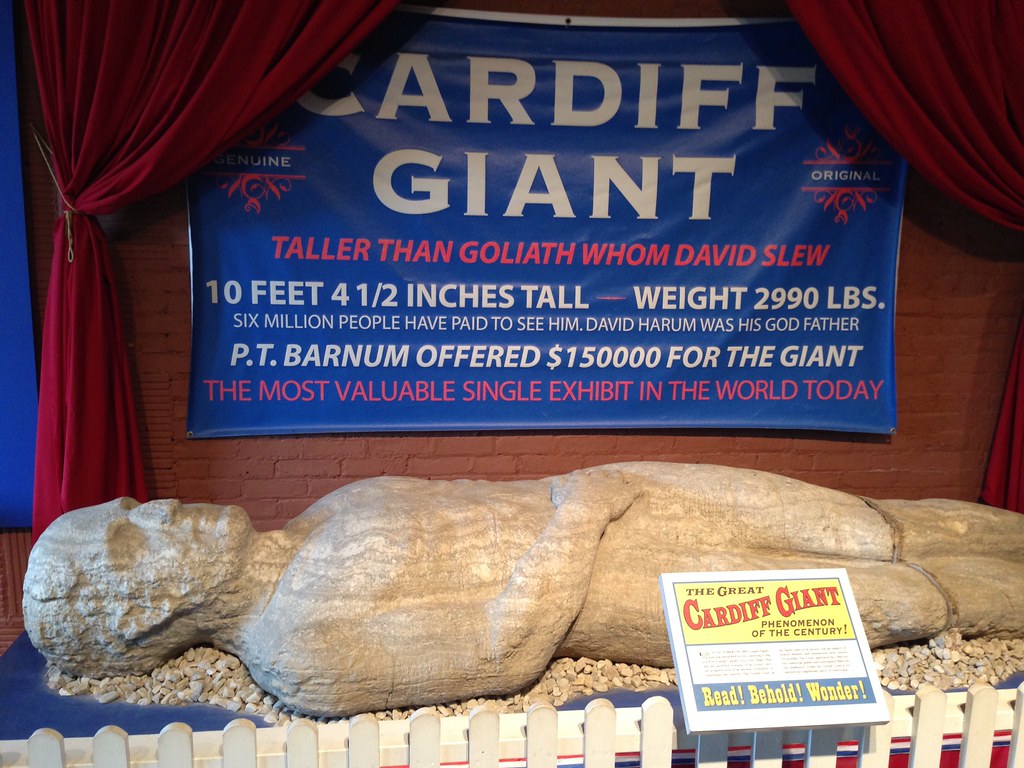
2. **The Cardiff Giant: America’s Petrified Prank**
Imagine the stir in 1869 when workers, simply digging a well at a farm in Cardiff, New York, stumbled upon what appeared to be the petrified body of an ancient, colossal 10-foot-tall man. The ‘Cardiff Giant’ sparked immense public fascination, quickly captivating a nation eager for wonders. Even some scientific experts were duped, believing the colossal figure to be historically significant and prompting widespread debate.
This incredible ‘discovery’ was, in fact, the brainchild of George Hull, a Binghamton cigar manufacturer and atheist. Hull conceived the giant as an elaborate practical joke, targeting literal interpretations of the Bible after a debate about Genesis’s ‘giants in the earth.’ He also shrewdly aimed to make money from the sensation.
In 1868, Hull hired sculptors in Chicago to carve the human figure from a massive slab of gypsum. The nearly 3,000-pound statue was then secretly shipped to the Cardiff farm of his cousin, William ‘Stub’ Newell, and buried. The following year, Hull directed Newell to hire workmen to dig a well precisely where the giant lay, orchestrating its dramatic ‘discovery.’
Upon its unearthing, crowds flocked, paying admission to gaze upon the in-ground Goliath. Newell, initially charging a quarter and then 50 cents, saw business boom. Many believed it was proof of biblical giants, though most professionals, like Yale paleontologist Othniel C. Marsh, declared it ‘of very recent origin, and a most decided humbug.’
Despite growing skepticism, the ‘mummy’ was sold to businessmen and sent on tour. Even P.T. Barnum, unable to buy it for $50,000, simply made a plaster knockoff for his museum. By December, George Hull confessed to the ‘stone-cold swindle,’ with the sculptors confirming the hoax in 1870. Remarkably, the Cardiff Giant continued its public life, appearing at the 1901 Pan-American Exposition and now resting at the Farmers’ Museum in Cooperstown, a permanent testament to human credulity.
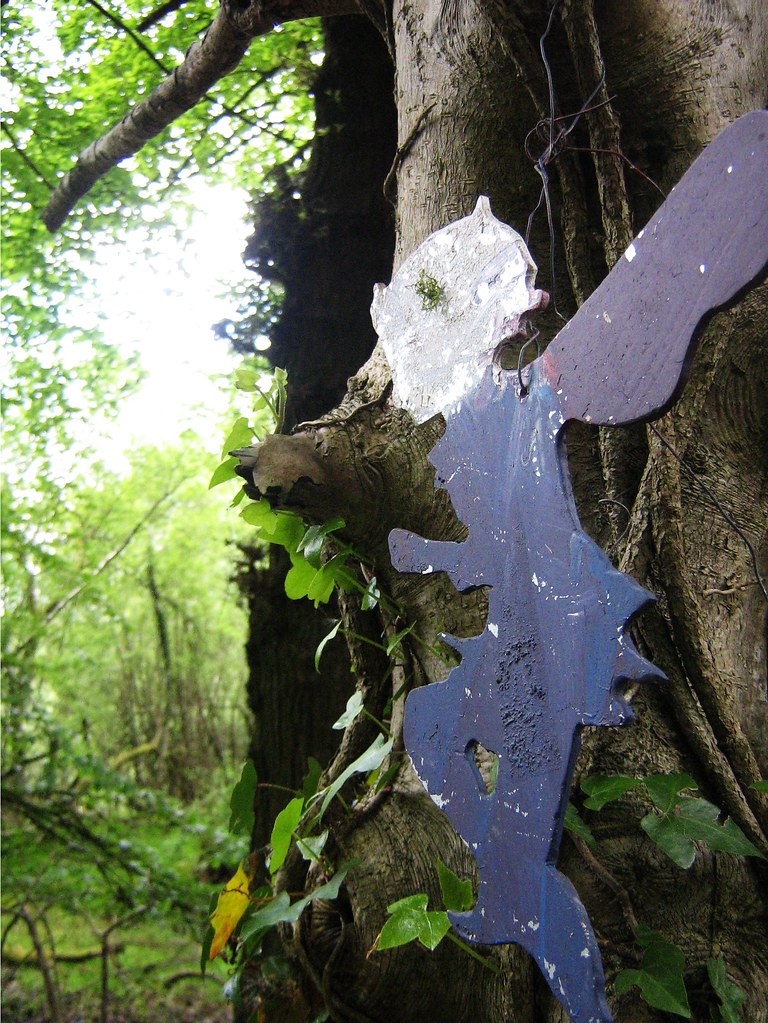
3. **The Cottingley Fairies: Pixie Dust and Photographic Lies**
The enchanting tale of the Cottingley Fairies began in 1917, captivating the world. Two young girls, Elsie Wright and Frances Griffiths, from Cottingley, England, asserted they had photographed real-life fairies in their garden. These seemingly undeniable images, depicting the girls with tiny, winged figures, attracted widespread attention and sparked fervent belief in the supernatural.
The allure was so profound that even celebrated author Sir Arthur Conan Doyle, a prominent spiritualist, enthusiastically endorsed their veracity. Doyle lent considerable weight to the fantastical story, further fueling public belief in the existence of these elusive mythical creatures.
For an incredible 66 years, the mystery endured, until 1983 when the now-grown girls finally confessed to their charming deception. They revealed the images were fakes, cleverly contrived using cut-out illustrations, meticulously posed and photographed. This case illustrates humanity’s tendency to embrace the supernatural, often at the expense of critical analysis, demonstrating how readily the allure of magic can lead many to accept flimsy evidence without question.

4. **The Great Moon Hoax: A Lunar Lie That Launched Sales**
In 1835, New York City buzzed with an extraordinary claim: life had been discovered on the moon! The New York Sun published articles detailing incredible observations through a powerful telescope. Reports spoke of lush landscapes, exotic flora, and astonishing fauna, including bat-like creatures and humanoid civilizations engaging in complex social activities.
These captivating articles, crafted with imaginative flair by journalist Richard Adams Locke, were not scientific discovery but a shrewd journalistic strategy. Locke’s primary intention was simple yet effective: to dramatically boost newspaper sales by captivating the public’s imagination. The Great Moon Hoax achieved its goal spectacularly, igniting widespread interest and sparking passionate debates about astronomy and extraterrestrial life.
This audacious episode stands as a powerful reminder of the profound influence sensational journalism can wield. It vividly illustrates how easily the lines between reality and fiction can be blurred, especially when a narrative taps into humanity’s innate curiosity and desire for wonder, impacting societal discourse and capturing an entire nation’s attention.
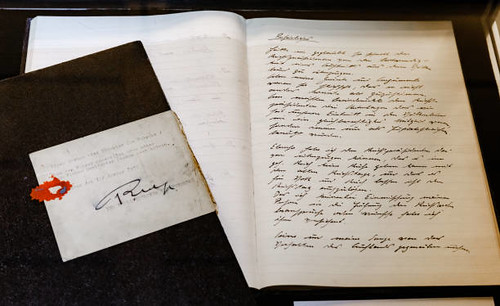
5. **The Hitler Diaries: A Forgery That Fooled the Media**
1983 witnessed a global media frenzy sparked by the purported discovery of Adolf Hitler’s diaries. A prominent German magazine announced the acquisition and upcoming publication of these deeply significant historical documents, promising unprecedented insight into the mind of one of history’s most notorious figures. The news sent shockwaves, as editors scrambled to verify and report on these sensational writings.
However, the exhilaration was tragically short-lived. What was hailed as a groundbreaking historical find soon unraveled into one of the 20th century’s most embarrassing journalistic scandals. The supposed diaries were unequivocally revealed to be elaborate forgeries, meticulously crafted by Konrad Kujau. His intricate fabrications had successfully duped experienced editors and historians alike, exposing a gaping flaw in their verification processes.
The swift exposure of the Hitler Diaries led to a profound public questioning of journalistic integrity, underscoring the media’s weighty responsibility to thoroughly verify sources and rigorously fact-check every claim. This infamous episode serves as an enduring cautionary tale, illustrating how even prestigious publications can be tragically misled by convincing fabrications, emphasizing unwavering skepticism and meticulous due diligence.

6. **The Loch Ness Monster (1934 Photograph): The Icon of Mythical Misdirection**
For decades, the enigmatic Loch Ness Monster, affectionately known as “Nessie,” has held the world in thrall, a captivating enigma in a Scottish loch. While sightings of an unknown creature date back to the 6th century, the 1934 photograph catapulted Nessie into global superstardom. This image, the ‘Surgeon’s Photograph,’ depicted what appeared to be the long neck and head of a prehistoric, dinosaur-like creature emerging from the water.
Yet, the iconic 1934 photograph ultimately succumbed to truth. Decades after igniting worldwide imagination, it was finally admitted to be a cruel but clever hoax, staged using a toy submarine fitted with a sculpted head and neck. The revelation exposed the photograph as a fabrication, shattering the visual evidence that had sustained much of the monster’s modern legend.
Despite the undeniable lack of concrete, verifiable evidence and the exposure of its most famous ‘proof’ as a forgery, the legend of Nessie remarkably endures. This persistence vividly demonstrates humanity’s profound fascination with the unknown. The saga highlights how deeply folklore and captivating myths can thrive, even when squarely confronted with rigorous scientific scrutiny and the cold, hard facts of deception.
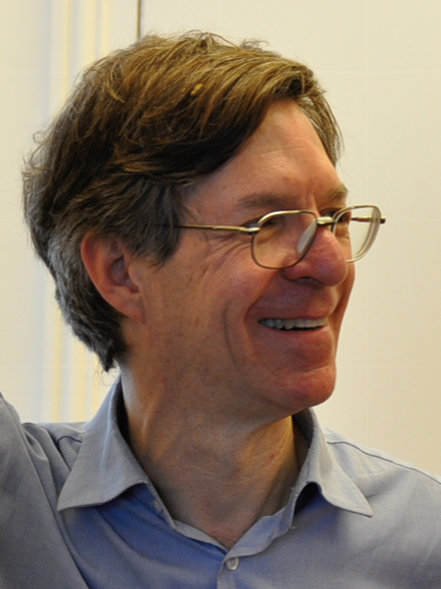
7. **The Sokal Affair: Academic Integrity Under the Microscope**
In 1996, the academic world found itself embroiled in an unusual controversy, orchestrated by physicist Alan Sokal. As a daring experiment, Sokal deliberately submitted a paper, ‘Transgressing the Boundaries: Towards a Transformative Hermeneutics of Quantum Gravity’—a meticulously crafted piece of nonsensical postmodernist jargon—to a renowned cultural studies journal. To Sokal’s astonishment, the paper was published without discernible scrutiny.
The publication of Sokal’s intentionally absurd paper, which he subsequently exposed as a hoax, was not a mere prank; it was a pointed critique. The ‘Sokal Affair’ aimed to highlight what Sokal perceived as a lack of intellectual rigor and uncritical acceptance of unsubstantiated theories within certain academic fields, particularly postmodernism. The affair sparked intense debates about academic publishing standards, peer review, and critical evaluation.
This provocative incident serves as a stark reminder that not all scholarly work is equal in integrity or intellectual merit. It powerfully underscores the vital necessity of skepticism, critical thinking, and rigorous peer review in assessing academic research, regardless of its perceived field or prestige. The Sokal Affair forced the academic community to confront its vulnerabilities and underscored the enduring importance of exacting standards of evidence and argumentation in the pursuit of knowledge.
Now that we’ve journeyed through some of history’s most audacious deceptions, it’s time to peel back another layer of the past. Prepare yourself for more tales where reality twisted, beliefs were challenged, and the line between fact and fiction blurred in ways that would make your jaw drop. From phantom restaurants to silent massacres, these next seven revelations prove that humanity’s enduring fascination with the unknown—and our capacity for misdirection—is a story that just keeps getting wilder.

8. **The “War of the Worlds” Broadcast: Panic in the Airwaves**
On October 30, 1938, Orson Welles’ Mercury Theater broadcast of H.G. Wells’ *The War of the Worlds* inadvertently orchestrated one of history’s greatest moments of mass hysteria. Many listeners, tuning in late, missed the crucial disclaimer. The broadcast, cleverly disguised as news bulletins, started with mundane reports before breaking into terrifying updates: a meteor crash, then aliens with tentacles, heat rays, and poisonous gas attacking Earth.
The effect was pandemonium. As many as a million listeners genuinely believed Earth was under attack, leading to widespread panic. People crowded highways, armed themselves, begged police for gas masks, and were treated for shock. One woman famously burst into an Indianapolis church, proclaiming, “New York has been destroyed. It’s the end of the world. Prepare to die!”
When CBS learned of the real-life chaos, Welles clarified it was fiction. An FCC investigation found no wrongdoing, but networks agreed to greater caution. This unforgettable event powerfully illustrates media’s immense power to shape public perception and the critical need for accurate information, showcasing how easily reality and fiction can blur under collective anxiety.

9. **The Shed at Dulwich: From Garden Shed to Top Restaurant Hoax**
In 2017, a simple garden shed in South London surprisingly soared to the top of Tripadvisor’s London restaurant rankings. Called The Shed at Dulwich, it was supposedly a high-concept eatery where patrons ordered by mood. Calls poured in begging for reservations, but the answer was always the same: booked solid. The delicious secret? The restaurant was entirely bogus.
This ingenious caper was an experiment in algorithm manipulation and buzz creation by freelance writer Oobah Butler. Having previously written fake positive reviews for others, Butler transformed his own shed. He created a website with soft-focus pictures of appetizing dishes—actually made from paint, bleach, shaving cream, and the heel of his foot—and generated buzz through minimal details, appointment-only access, and fabricated glowing reviews from friends.
The deception was so convincing that people sought employment and companies sent free food samples. Butler even opened for one night, serving canned soup, with some diners still asking to return. He outed himself in a Vice article, prompting Tripadvisor to remove the listing. This hilarious yet profound story comments on online fame, perception, and how easily curated buzz can sway us.

10. **The Bermuda Triangle: Where Fact Meets Furious Fiction**
The Bermuda Triangle, an enigmatic stretch of the North Atlantic, is infamous for mysterious disappearances of ships and planes, fueling countless theories about alien abductions or sea monsters. Its reputation for defying the laws of physics has been ingrained in popular culture, captivating imaginations for decades.
Yet, many reported incidents within its bounds have straightforward explanations. Natural phenomena like sudden, powerful storms, complex oceanic currents, and treacherous navigational conditions are often the culprits. In numerous cases, human error has also played a significant, though less sensational, role in tragic disappearances.
Despite these plausible, factual explanations, the myth persists. This enduring allure stems from sensational media coverage and fictional tales that prioritize drama over data. The idea of an unexplained force makes for a better story than a rogue wave. This illustrates humanity’s preference for a compelling myth over mundane facts, showing how powerfully myths can overshadow scientific reasoning.

11. **The Fake News Phenomenon: A Modern Epidemic of Deception**
While deception is ancient, the rise of social media has ushered in an unprecedented era, amplifying “fake news” and misinformation to staggering new heights. It’s no longer just about newspaper hoaxes; it’s a pervasive hum in our digital lives, shaping our understanding of the world.
Events like the 2016 U.S. presidential election highlighted the profound impact false information can have on public opinion and political discourse. Fabricated stories, doctored images, and misleading headlines proliferated, swaying beliefs and deepening societal divides, proving the digital landscape’s fertile ground for calculated deception.
The proliferation of fake news critically underscores the need for media literacy and critical thinking. We must actively interrogate information, developing sharper skills to analyze sources, question narratives, and recognize manipulation. As technology evolves, discerning fact from fiction becomes crucial. Verifying sources and seeking credible information is imperative to combat this modern epidemic of deception.

12. **CIA’s MKUltra Mind Control Experiments: A Disturbing Reality Unveiled**
During the Cold War, the CIA’s MKUltra program secretly conducted disturbing mind control experiments. This clandestine initiative, aimed at controlling human behavior, pushed ethical boundaries so far that initial rumors would have been dismissed as wild conspiracy theories. It was a chilling reality, not a hoax.
Methods included administering drugs like LSD and other psychoactive substances, often without subjects’ consent. The program also involved psychological torment, sensory deprivation, hypnosis, and various forms of abuse, all in a desperate quest to unlock secrets of mind control and interrogation.
Shrouded in secrecy for years, many MKUltra documents were later deliberately destroyed, an attempt to erase evidence. Its revelation sparked public outrage and debates on ethical research standards and government power. This dark chapter underscores the importance of ethical oversight, transparency, and human rights, forcing us to confront uncomfortable truths hidden within our past.

13. **The Suppressed Tulsa Race Massacre: A Century of Silence Shattered**
History is often about what’s deliberately omitted or erased. The Tulsa Race Massacre of 1921 exemplifies this. For decades, this devastating event—where a white mob systematically destroyed the prosperous Black community of Greenwood in Tulsa, Oklahoma—was largely absent from history books and public discourse.
Greenwood, “Black Wall Street,” was a thriving economic and cultural hub. In a horrifying act of racial violence, it was obliterated, resulting in numerous deaths and total devastation. The event’s suppression reflected deep-seated systemic racism and a deliberate desire to ignore uncomfortable truths that challenged prevailing narratives of American progress.
For generations, survivors carried silenced stories. This erasure denied victims justice and prevented a national reckoning. Recent efforts to acknowledge, educate, and commemorate this tragedy aim for justice and healing. Addressing this painful and long-suppressed past is crucial for genuine reconciliation and a fuller understanding of our shared national story.

14. **Historical Cover-Ups and Their Concealed Truths: The Art of Hidden History**
History is rarely a straightforward narrative; often, it’s a curated version, riddled with deliberate cover-ups and concealed truths. Powerful entities, from ancient empires to modern governments, have consistently manipulated narratives to serve their interests, control public perception, and bury inconvenient facts.
These efforts take many forms: altering records, suppressing facts, silencing dissenting voices, and crafting elaborate propaganda. The motivation is clear—maintain power, avoid blame, protect an image. The victims are truth and public understanding, leaving distorted or incomplete historical accounts.
Uncovering these hidden truths is a vital endeavor. It challenges official accounts, forces re-evaluation, and offers alternative perspectives, enriching our understanding. Each unearthed cover-up adds a crucial piece to the puzzle, revealing intricate webs of influence and deception. This quest for transparency and truth is fundamental, inspiring critical examination and acknowledging concealed narratives for a fuller historical picture.
As we conclude this deep dive into history’s most shocking events—those initially dismissed as hoaxes or deliberately hidden from public view—one thing becomes crystal clear: the human story is far more intricate and surprising than any single textbook could ever convey. From ancient bones designed to deceive to digital algorithms creating fake fame, and from alien invasion scares to real-life programs of mind control and systematic historical erasure, these tales challenge us to always remain curious, ever vigilant, and eternally skeptical. For in the fascinating, often bewildering, tapestry of human experience, the search for truth is perhaps the greatest adventure of all. Keep questioning, keep digging, and remember: history isn’t just what happened, it’s what we *choose* to believe happened. And sometimes, the truth is far stranger, and more shocking, than any fiction.


